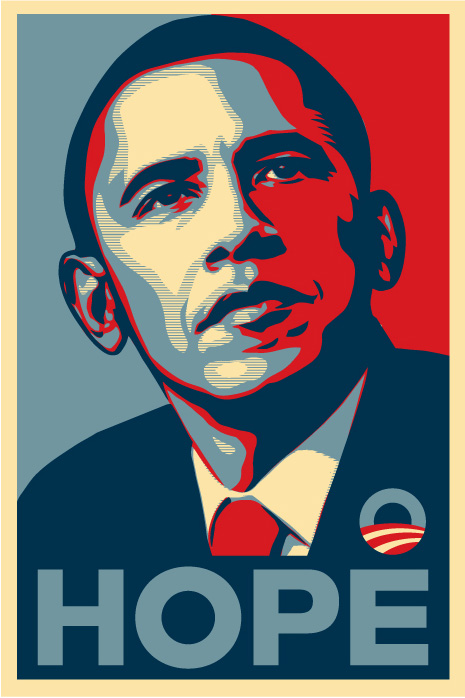Delving into social media and its political and social movement capabilities can branch into numerous different areas, however the two most important aspects are the idea of organisation and communication, as well as implication.
As suggested by the title Social media is a crucial tool for organising dissent. The organizational abilities essentially boil down to themes explored in previous posts, particularly, Global networks and the information age. Crucially social media as a tool allows for mass communication to a grand audience. Messages are swiftly spread through cyberspace through twitter, Facebook and YouTube.
This access to a swift and global communication tool works in two organizational ways. Firstly, it accommodates communication within citizens of countries. Secondly it allows for external input from exterior countries.
For example, the 2010 Arab Springs movement (arguably the most prominent use of social media as a revolutionary tool) featured the use of Facebook and twitter to organize rallies.

The organizational aspect of these social media sites is phenomenal, particularly when used as a means of dissent. Social media was used during the Arab Springs not only to organise rallies and protests, but was used as a conduit for outsiders to view and contribute to the conversation. Ramesh Srinivasan of Al Jazeera writes that western social media users had a large impact on events such as the Arab Springs. Most contributions are through Twitter and video streaming sites such as YouTube and Vimeo. Often this western influence takes the form of pressuer of governments to intervene, however there is some circumstances of direct benefit. The Speak to Tweet twitter account allowed for communication between Syrian citizens and westerners as well as a means of communicating amongst themselves.
Overall social media is more than a means of slacktivism.
Bibliography
Srinivasan R. 26 Oct 2012, Taking power through technology in the Arab Spring, Al Jazeera, Viewed 3rd October 2014. <http://www.aljazeera.com/indepth/opinion/2012/09/2012919115344299848.html>

